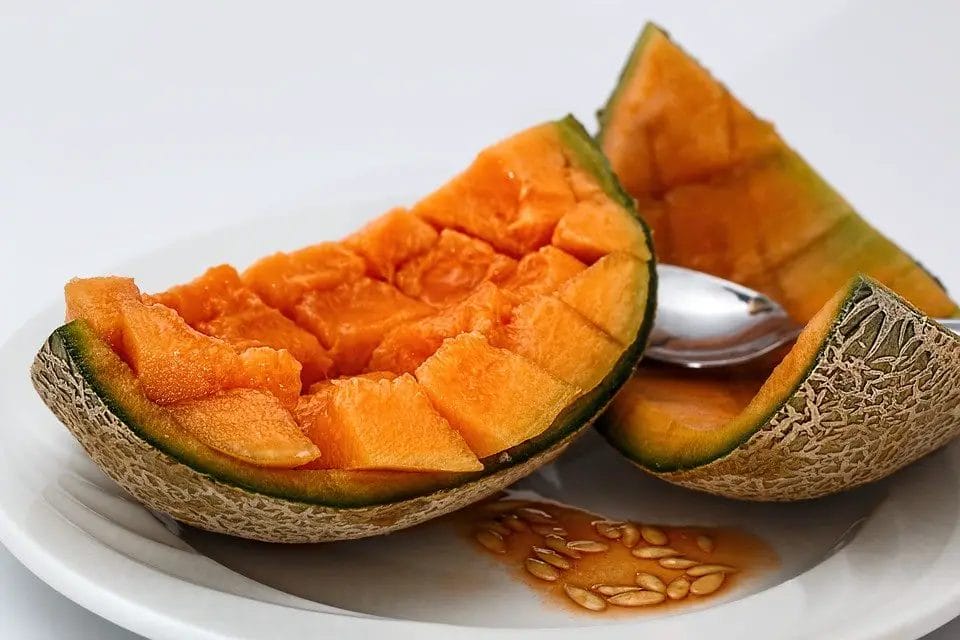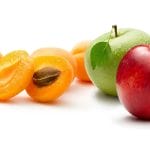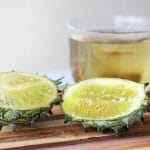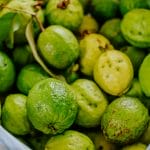You may already love carrots, cucumbers, and cherries but there are several fruits that start with C that might not be aware of. If you haven’t heard of canistel, calabash or calamansi, get ready as you are about to learn about some new and exciting in this article!
Below is a list of healthy and nutritious fruits that you might have not have heard about before. What’s interesting about these fruits is that they all start with the letter ‘C.’ Some of these fruits may turn out to be your next favorite dessert, while others may surprise you with their amazing nutritional facts.
Let’s get started!
- 1. Cacao
- 2. Caimito
- 3. Cajamanga
- 4. Calabash
- 5. Calabash Tree
- 6. Calamansi
- 7. Camu Camu
- 8. Canistel
- 9. Cantaloupe
- 10. Cape Gooseberry
- 11. Capulin Cherry
- 12. Carambola
- 13. Cardon
- 14. Carob
- 15. Cashew
- 16. Cashew Apple
- 17. Cedar Bay Cherry
- 18. Cempedak
- 19. Ceylon Gooseberry
- 20. Charichuelo
- 21. Chayote Fruit
- 22. Che
- 23. Chenet
- 24. Cherimoya
- 25. Custard Apple
- 26. Cherry
- 27. Chinese Bayberry
- 28. Chinese Mulberry
- 29. Chokeberry
- 30. Chokecherry
- 31. Citrofortunella
- 32. Citron
- 33. Clementine
- 34. Cloudberry
- 35. Cluster Fig
- 36. Coconut
- 37. Cocoplum
- 38. Coffee
- 39. Common Apple Berry
- 40. Conkerberry
- 41. Cornelian Cherry
- 42. Crabapple
- 43. Cranberry
- 44. Crowberry
- 45. Cucumber
- 46. Cudrang and Cudrania
- 47. Currant
- 48. Cupuacu
1. Cacao
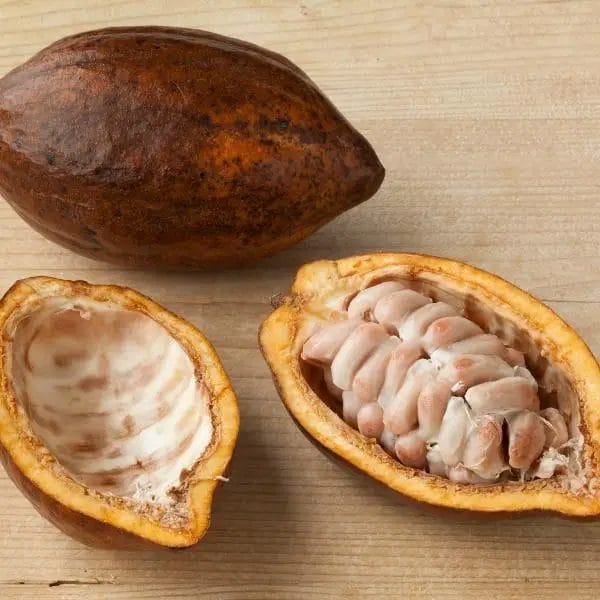
Cacao (Theobroma cacao) is a tropical fruit that’s the source of every chocolate bar you have ever eaten. It has an elongated shape that closely resembles the form of an American football and is about the length of an adult’s hand. The seeds of the fruit are the source of chocolate products you find in the market, but the fruit’s pulp is also edible. The pulp is quite delicious, but most people who produce chocolate discard it.
2. Caimito
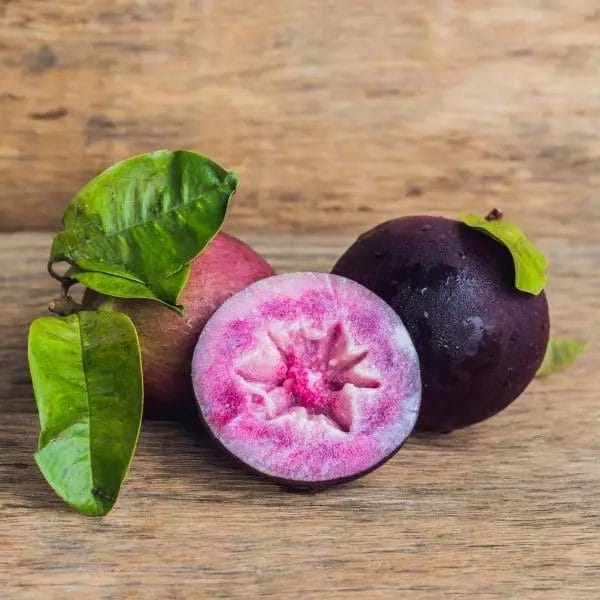
Caimito (Chrysophyllum cainito, also known as cainito, star apple, purple star apple, golden leaf tree, abiaba, pomme de lait, estrella, milk fruit, and aguay) is a tropical fruit that turns purple when it ripens. The fruit is round in shape and has a faint star pattern in its flesh, due to which the fruit got its name.
3. Cajamanga
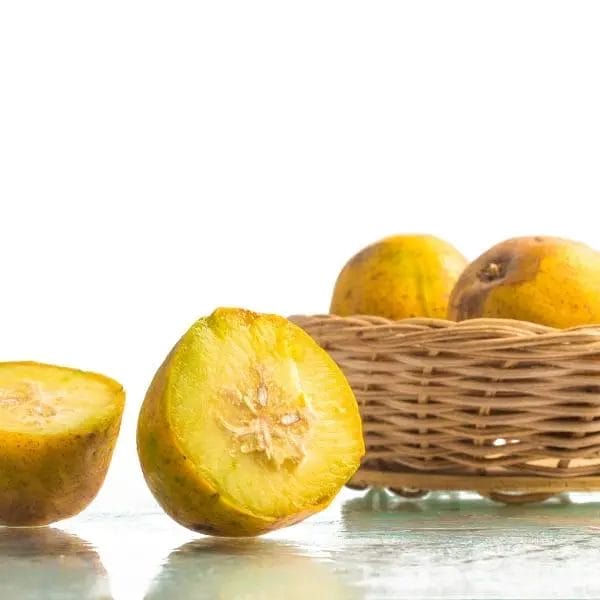
Cajamanga (Spondias dulcis, also known as ambarella, June plum, golden apple, and cythere) is an oval-shaped tropical fruit. It is edible and has a fibrous pit, similar to a peach. While most people prefer to eat the fruit raw, others enjoy cajamanga juice, preserves, and jams.
4. Calabash
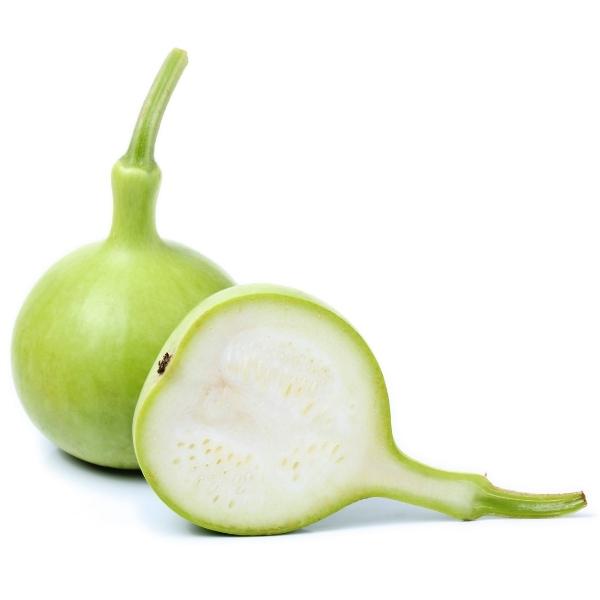
Calabash (Lagenaria siceraria, also known as bottle gourd, white-flowered gourd, long melon, birdhouse gourd, New Guinea bean, and Tasmania bean) comes in several shapes and sizes. It has smooth, green skin and white flesh, and is popular fruit used in Asian cuisines.
5. Calabash Tree
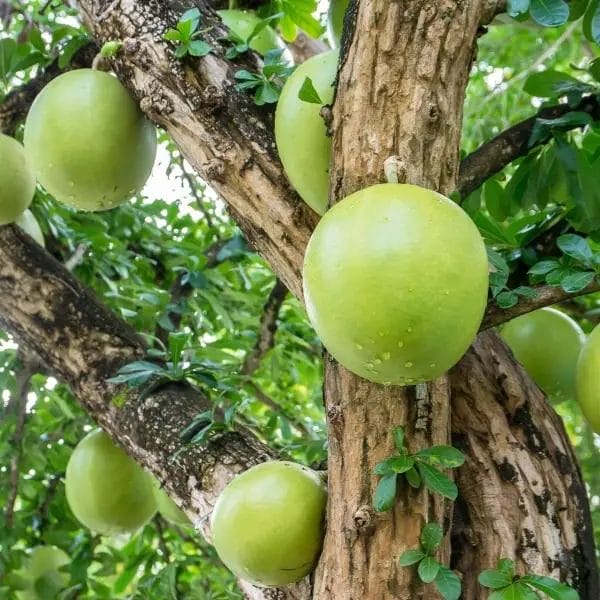
Calabash tree (Crescentia cujete) is native to Africa, Central and South America, and West Indies and produces a round, gourd-like fruit. While calabash fruit is edible, calabash tree fruit is not safe for human consumption. However, the tree has several other uses. It is used popularly for ornamental purposes.
6. Calamansi
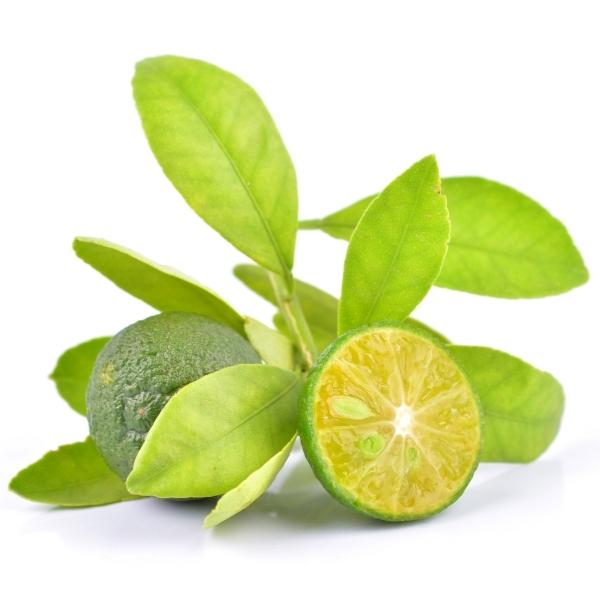
Calamansi (Citrus × microcarpa, also known as calamondin, Philippine lime, and Philippine lemon) is a citrus hybrid native to the Philippines. It is a small, round fruit that closely resembles lime. The fruit’s skin color ranges from yellow to green. It has a distinctively pleasant taste, so it is a popular choice for juices and flavor foods.
7. Camu Camu
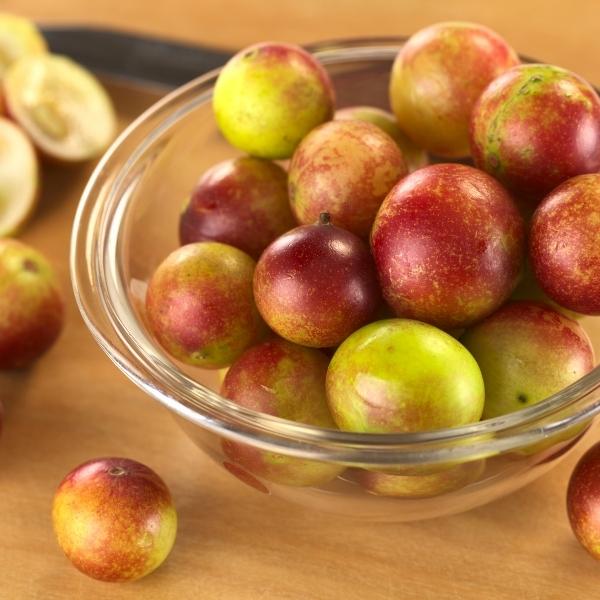
Camu camu (Myrciaria dubia, also known as camu-camu, caçari, araçá-d’água, and camocamo) looks like a cherry has a sour taste. It is a highly healthy fruit with several health benefits. The use of camu camu helps boost your energy and immune system and contains numerous minerals and vitamins that can keep your gums and skin healthy.
8. Canistel
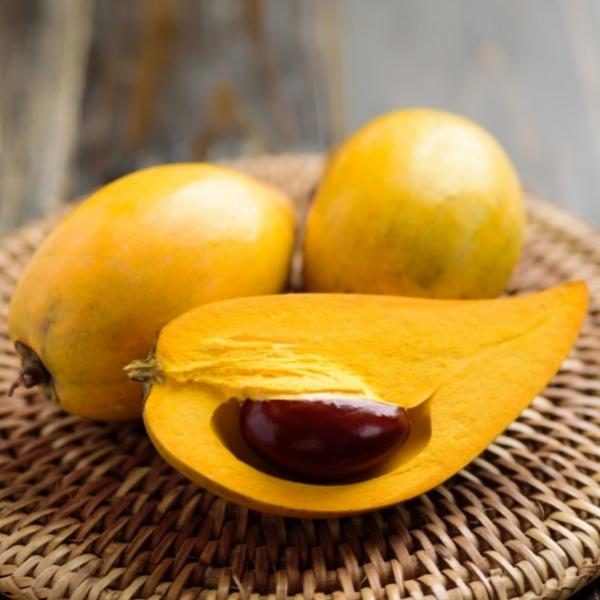
Canistel fruit (Pouteria campechiana, also known as eggfruit, yellow sapote, and cupcake fruit) is native to Southern Mexico, and most people prefer to eat it fresh. Its texture is the same as the egg yolk of a hard-boiled egg, hence the name eggfruit. Canistel tastes similar to baked sweet potato.
9. Cantaloupe

Cantaloupe is the common name used for two subspecies of muskmelon (Cucumis melo reticulatus a.k.a North American cantaloupe, and Cucumis melo cantalupensis a.k.a European cantaloupe). Cantaloupe is a sweet and juicy fruit, popular in most parts of the world. It is loaded with fiber, vitamins, and minerals. Moreover, it has high water content, making it an excellent summer snack.
10. Cape Gooseberry
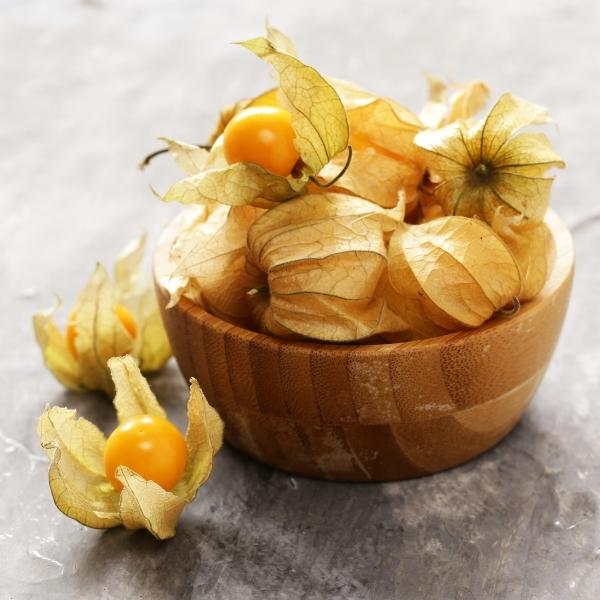
Cape gooseberry (Physis peruviana, also known as goldenberry, ground cherry, aguaymanto, and uchuva) tastes more like a salty olive than a berry. Cape gooseberries are rich in vitamin A, a critical vitamin for protecting your eyes and improving vision. These tiny little golden berries also help relieve constipation and aid in digestion.
11. Capulin Cherry
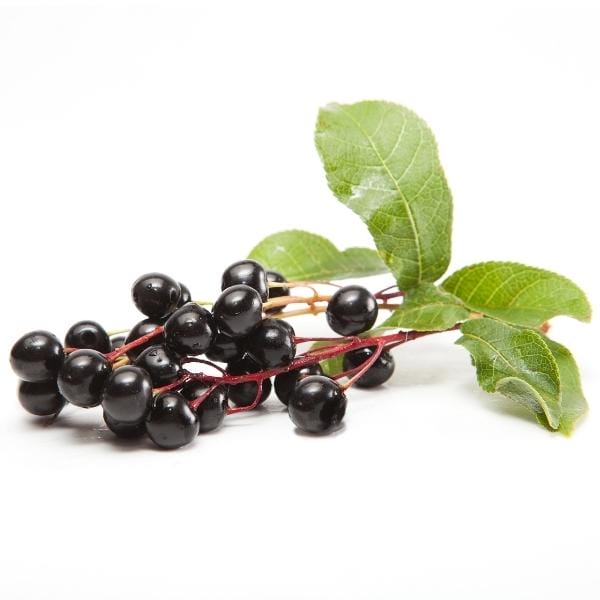
Capulin cherry (Prunus salicifolia, also known as Mexican bird cherry) grows in subtropical climates, and very closely resembles the common cherry. It is round, aromatic, and red and has juicy flesh that most people love.
12. Carambola
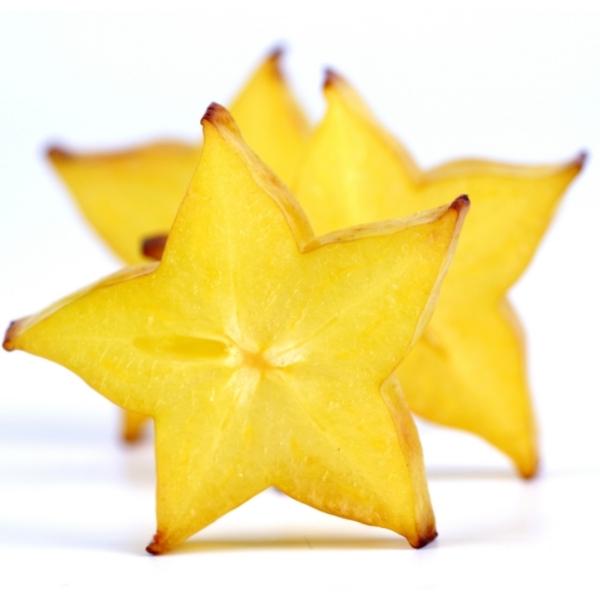
Carambola (Averrhoa carambola, also known as star fruit, five finger, and belimbing) is native to tropical Southeast Asia. The yellow-green fruit is sweet and sour and has the shape of a five-pointed star. The fruit is edible and provides several health benefits as it is loaded with antioxidants and other essential minerals and vitamins. However, consuming the fruit can have a toxic effect on individuals with kidney disease.
13. Cardon
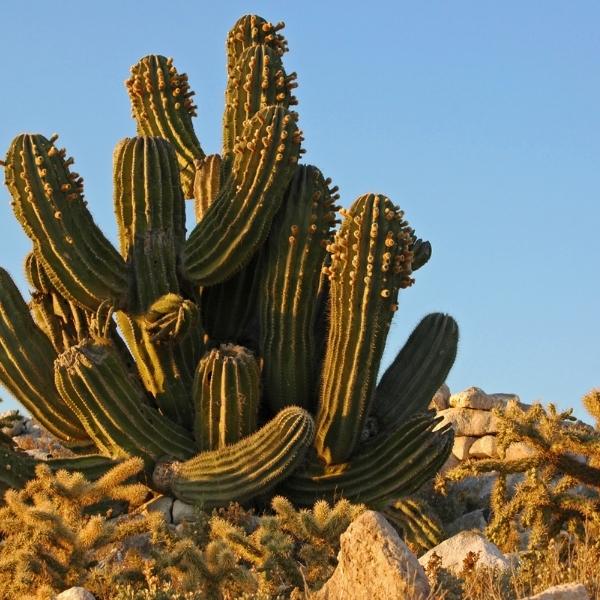
Cardon (Pachycereus pringlei, also known as Mexican giant cardon, and elephant cactus) is a succulent plant that grows up to 12 meters tall. While many birds feed on the fruit, it is edible and beneficial for humans. During the olden days, cardon fruit juice was used to treat wounds and bruises. Today, the fruit is often used to make jellies rich in pectin.
14. Carob
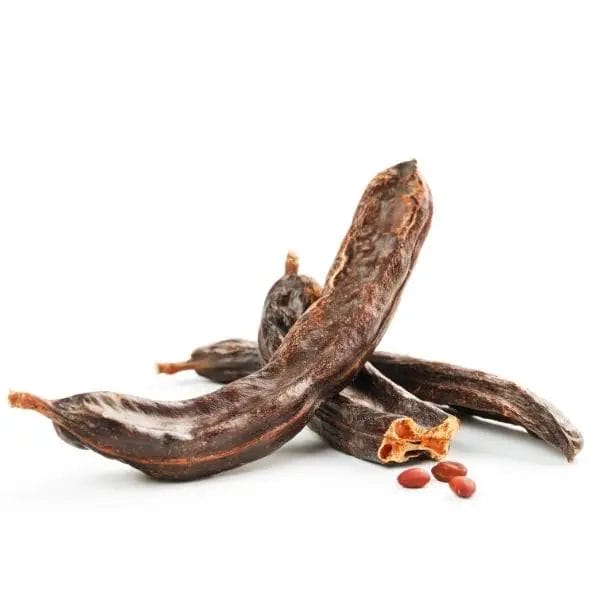
The carob plant (Ceratonia siliqua, also known as St John’s bread, and locust tree) is native to the Mediterranean region and the Middle East. It comes from a flowering evergreen shrub that grows edible pods. The carob tree produces fruit that looks like a dried and dark brown pea pod and contains seed and pulp. Like peas and beans, carob fruits are legumes that belong to a different branch of the legume family. Toasted carob pods are ground, and the powder is used as a supplement for cocoa powder.
15. Cashew
The cashew tree (Anacardium occidentale) produces cashew seeds (a.k.a cashew nut) and cashew fruits (also known as cashew apple) that’s native to Brazil. However, the tree grows in parts of Africa and Asia. Cashew is a highly nutritious fruit often eaten as food. It also has several medicinal uses. The fruit is loaded with essential minerals, vitamins, and healthy fats to help lower high cholesterol, improve gastrointestinal ailments and control other chronic conditions such as diabetes.
16. Cashew Apple
Just so you don’t miss out on another fruit that starts with C, we have included cashew apple here, just another name for cashew fruit.
17. Cedar Bay Cherry
Next on the list of fruits that start with C is Cedar Bay cherry. The botanical name of this fruit is Eugenia reinwardtiana. It is also known as beach cherry or fruiting myrtle. The brightly red-orange colored fruit grows on shrubs and small trees that give a lot of high-quality fruit, the cedar bay cherry. The edible fruit has a deliciously sweet, grape-like taste and juicy flesh.
18. Cempedak
This cylindrical-shaped fruit is especially popular in Papua New Guinea, Malaysia, and Indonesia and closely resembles jack fruit. However, unlike jack fruit which is large and oval, cempedak is tabular and has the same size as a squished rugby ball. The fruit has a rough, leathery skin that ranges from yellow to brown. The pulp is sweet and fragrant, just like the pulp from jack fruit.
19. Ceylon Gooseberry
Ceylon Gooseberry is also known as Kitambilla. Unripe Ceylon gooseberries have a pale green to orange color, which changes to purple when the fruit ripens. Ceylon gooseberries are native to Sri Lanka and South India. The fruit is widely used in making jams and jellies.
20. Charichuelo
The charichuelo is a fruit-producing tree that’s native to the rainforests of Central and South America. It has thick, dark green leaves. The tree produces fruit that closely resembles lemons. It is an edible fruit with white pulpy flesh and one to three seeds. The flesh has a sweet and tangy taste, similar to lemon cotton candy.
21. Chayote Fruit
Chayote is a fast-growing, climbing vine that bears pear-like fruit. Also known as choko and mirliton, the chayote fruit is native to Mesoamerica. The fruit ranges in color from pale to dark green. It measures around 7.5 to 10 cm long and contains one seed embedded in its pale to greenish-white flesh. Chayote fruit can be an amazing addition to your diet as it is packed with minerals, vitamins, and antioxidants that provide several health benefits.
22. Che
Che fruits are one of the very rare fruits that start with C. The che tree is native to Eastern Asia, and the botanical name for the fruit is Maclura tricuspidata. These clustered fruits grow on a large shrub or small tree related to the mulberry family. Ripe che fruit tastes like fig and can be a great addition to your diet as it contains several micronutrients essential for a healthy body.
23. Chenet
Chenet is another fruit that starts with C. It mostly grows in the Caribbean and in parts of South America. The fruit grows in bunches that look like grapes. However, the fruit is related to lychee.
The chenet fruit has a thin and rigid skin and a sweet and tangy pulp on the inside. The fruit has a distinct taste, but not all fruits from the chenet tree have the same taste. Some fruits are sweet-tasting, whereas others have a sour taste.
When eating this fruit, make sure you do so carefully as the juice can stain your clothes.
24. Cherimoya
Cherimoya is one of the most popular tropical fruits native to Ecuador and Peru. While it is a popular fruit, it isn’t easy to cultivate. Its low cultivation reflects in its higher prices. The green fruit is cone-shaped and has leathery skin. It has white, sweet, and creamy flesh on the inside.
Cherimoya is rich in fiber, minerals, and vitamins that support immunity, promote cardiac health and help reduce inflammation.
25. Custard Apple
Just so you don’t miss out on another fruit name that starts with C, we have added custard apple to this list. Custard apple is just another name for cherimoya.
26. Cherry
Cherry is a small, red-colored fruit popular worldwide and for a good reason. The tiny fruit belongs to the rose family and can grow on several trees that belong to the genus Prunus. The amazingly delicious red-colored fruit is packed with nutrients and antioxidants that fight off toxins in the body and play an integral role in keeping you healthy.
27. Chinese Bayberry
Chinese bayberry, also known as myrica rubra, is a subtropical fruit tree native to China and other Asian countries. The history of cultivation of this tree can be dated back to more than 2,000 years.
Chinese bayberry makes great fruit with a short shelf life, so while most people prefer to eat it fresh, others opt for canned and dried bayberries. It is largely used for juice and wine manufacturing.
28. Chinese Mulberry
Chinese mulberry is another name for the che fruit mentioned earlier in this overview of fruits that start with C.
29. Chokeberry
Chokeberries are native to eastern North America and grow in wet woods and swamps on shrubs. They are also known as Aronia and have a semisweet taste. While chokeberries can be eaten, they are more commonly made into jams, juices, ice creams, and wine. Like all berries, chokeberries are packed with antioxidants that bring several health benefits.
30. Chokecherry
Another fruit on the list of fruits that start with C is chokecherry. It is a fruit of the Prunus virginiana tree which abundantly grows in North America. The small fruit (around one cm in diameter) has a mildly sweet taste when ripe and can taste quite bitter when unripe. Chokecherries are loved by birds and are sometimes also known as bird cherries.
31. Citrofortunella
Citrofortunella is a hybrid fruit that’s a cross between citrus and kumquat. It is a small acidic fruit with sour outer flesh and a sweet-tasting fruit. Compared to other citrus fruits, citrofortunella is a more compact fruit.
32. Citron
Citron is large, oval-shaped citrus with a thick rind. It is a citrus fruit that’s the ancestor of almost all the known citrus fruits that have existed for centuries. It is one of the few original citrus fruits that have been hybridized to produce different varieties of citrus fruits.
33. Clementine
Another citrus on the list of fruits that start with C is clementine. It is a hybrid of two different citrus fruit: sweet orange and willow flower mandarine orange. This sweet, tangy fruit is very easy to peel.
34. Cloudberry
Cloudberry is another small fruit that’s soft, juicy, delicious, and loaded with vitamin C. The golden-yellow colored fruit is rare and is grown mostly in the world’s northernmost regions.
35. Cluster Fig
As the name suggests, cluster figs grow in clusters on their tree trunk. The edible fruit that starts with C is small, round, and naturally sweet. The fruit changes its color from green to yellow and dark red when ripe.
36. Coconut
Unlike its name that has a “nut,” coconut is not a nut. Instead, it is a versatile fruit with a brown, fibrous shell and sweet, white, and nutty flavored flesh that packs highly nutritious coconut water.
37. Cocoplum
Cocoplum is another versatile fruit. Its skin color varies from white to bright pink. The flesh is white with a slimy texture, similar to marshmallows.
38. Coffee
Coffee is one of the most commonly consumed beverages globally, but did you know that the coffee beans you use to make your favorite beverage come from the coffee fruit? Coffee fruit is a round, small fruit that holds coffee beans. It is known as a coffee berry.
39. Common Apple Berry
Common apple berry is a fruit that closely resembles kiwi and is also known as apple dumpling. Its botanical name is Billardiera. The fruit ripens when it drops to the ground.
40. Conkerberry
Another fruit that belongs to the berries family and starts with C is conkerberry. The fruit has a dark green color that changes to bluish-black once the fruit ripens.
41. Cornelian Cherry
One of the most common types of cherry is the cornelian cherry. The fruit is red and looks similar to a coffee berry. However, unlike a coffee berry, it has a sour, acidic taste.
42. Crabapple
Crab apple is a lesser-known fruit than its more prominent cousin, apple. It is native to North America but grows in several parts of the U.S. Crab apple has a distinctively sour taste that makes the fruit a popular choice for jams, jellies, juices, and even wine.
43. Cranberry
Cranberries are among the most popular fruits that start with C. This little berry fruit has a sharp sour taste and is considered one of the superfoods for its high nutritional content.
44. Crowberry
Crowberries are also popular berries beginning with C. They are purplish blackberries that got their name because they resemble the color of a crow. These berries are edible.
45. Cucumber
While most people love cucumber, little do they know it’s a fruit. The long and skinny fruit has dark green skin with whitish-green flesh and edible seeds. It is often seasoned with salt and lemon juice and makes an essential ingredient in salads. It is highly refreshing and hydrating.
46. Cudrang and Cudrania
Cudrang is also known as mandarin melon berry and cudrania. It is related to mulberry. If you still haven’t figured it out, it’s just another name for Chinese mulberry and che fruit.
47. Currant
Currants are small berries that grow on shrubs. They are more similar to gooseberries. Currants have a sweet taste and are an excellent source of vitamin C, fiber, and antioxidants.
48. Cupuacu
The last fruit on the list of fruits that start with C is cupuacu. This unique fruit from Brazil has a distinct taste, similar to pineapple and chocolate. The seeds of the cupuacu fruit are comparable to cacao seeds.

